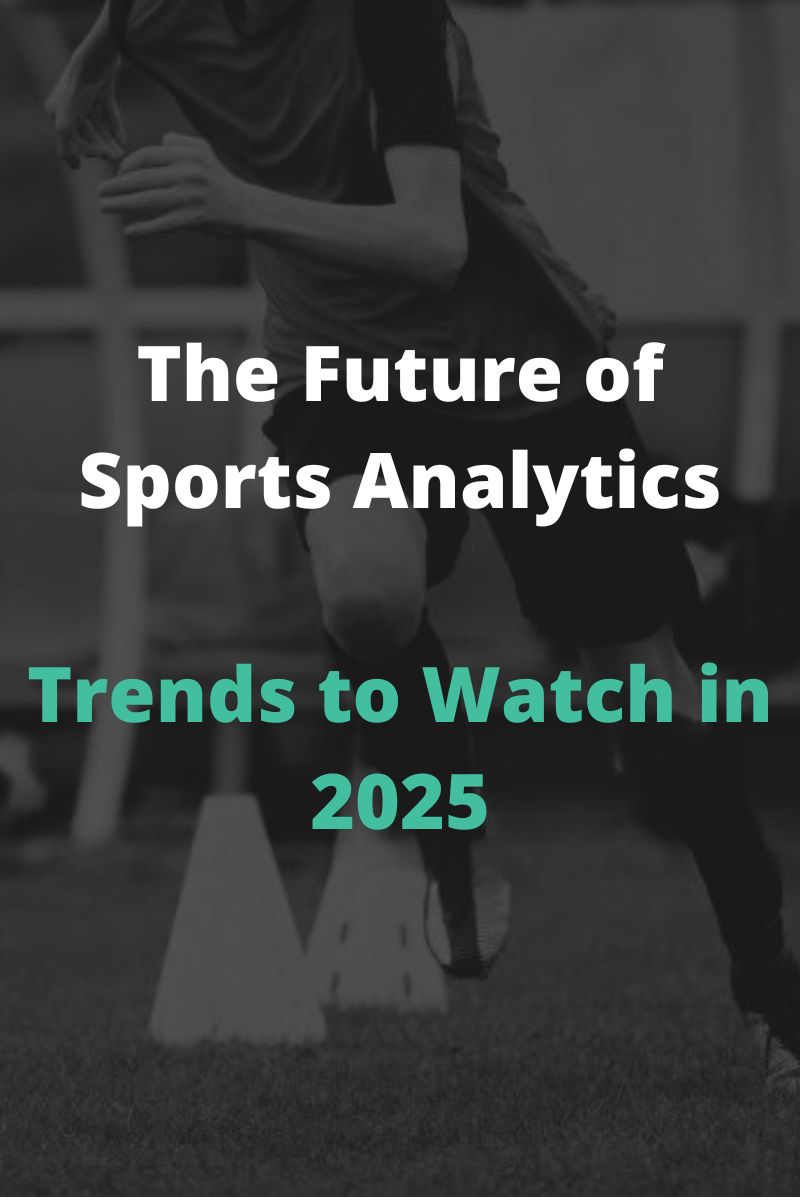In recent years, sports analytics has expanded beyond performance metrics and game strategy to include a critical but often overlooked aspect—people analytics. As we move into 2025, teams and organizations are increasingly using data to enhance team dynamics, optimize talent management, and foster a winning culture. Here are some of the most significant trends shaping the future of people analytics in sports.
1. Data-Driven Team Chemistry
Understanding how players interact and collaborate is becoming just as important as tracking their physical performance. By analyzing behavioral data, communication patterns, and leadership influence, teams can create environments that maximize synergy and cohesion, leading to better performance both on and off the field. At IntelliSport Analytics we continue to partner with clients to conduct high performance reviews to better understand how and why certain sporting outcomes occur. Using original data as our lens, we can inform strategic decision-making that will improve how teams and organizations operate.
2. AI in Talent Acquisition and Development
AI-driven scouting and recruitment tools are revolutionizing how teams identify and develop talent. Machine learning models analyze vast amounts of data on players’ psychological profiles, adaptability, and team fit, helping organizations make smarter recruitment and development decisions. Dropback, is an emerging leader using AI to support the emerging role of General Managers in college football. Their platform provides an all-in-one solution for GMs to monitor budgets, build data-driven cap strategies and automate tasks such as payroll and contracts.
3. Personalized Training and Development Plans
With the help of data science, teams can create customized development plans based on an athlete’s learning style, motivational triggers, and personality traits. Personalized feedback loops and targeted training strategies enhance individual growth and overall team success. Whoop has been a clear leader in this space, helping individuals and teams use data to unlock performance tracking sleep, workouts, among a growing list of categories.
4. Leadership and Coaching Analytics
Analyzing coaching styles and leadership effectiveness through data is becoming more prevalent. By tracking communication patterns, decision-making trends, and team response to coaching strategies, organizations can refine leadership approaches for better player engagement and performance outcomes.
5. Real-Time Behavioral Insights
Advancements in wearable technology and AI-powered video analysis now allow teams to capture and analyze real-time behavioral data during games and practices. This helps in identifying leadership moments, communication breakdowns, and emotional responses, allowing for immediate coaching interventions. Companies like UPLIFT, are optimizing human movement performance by using AI power insights.
6. Ethical Considerations in People Analytics
As people analytics grows, ethical concerns surrounding data privacy, consent, and player autonomy are coming into focus. Teams must balance the benefits of data-driven decision-making with respect for athletes’ rights and well-being, ensuring transparency and responsible use of analytics.
IntelliSport Analytics as a leader in people analytics:
At IntelliSport Analytics, we are pioneering the integration of people analytics into sports, helping teams optimize talent, improve team chemistry, and refine leadership strategies. By leveraging advanced behavioral data insights, we empower organizations to build stronger, more cohesive teams that perform at their best.
As 2025 unfolds, those who embrace the power of people analytics will gain a competitive edge in fostering a culture of success and high performance. Stay tuned for more insights from IntelliSport Analytics as we continue to explore the future of sports data and its impact on the game.




